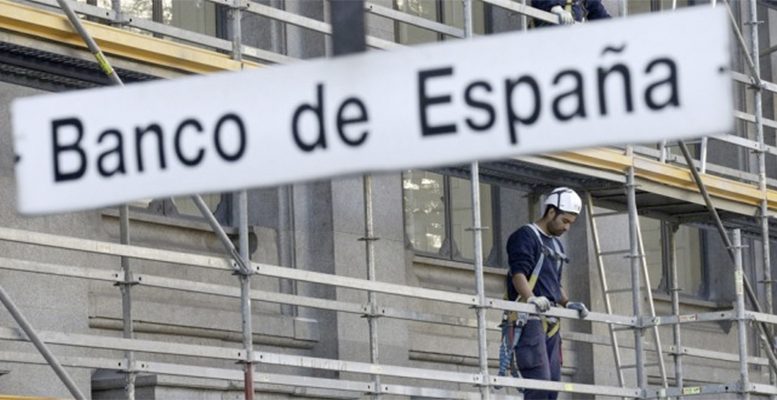Spain financial sector after 2017 results confirmed that last year was one of transition for the interest margins, although in any event still weak if we exclude the contribution from their international business and acquisitions.
In the sector as a whole, the interest margin in the nine months to September fell 2.9% year-on-year, with revenues from financial products dropping 8.2% from a year earlier. There was also a bigger fall in the case of financial costs, down 18.8%. But the interest margin of just those banks listed on the Ibex 35 along with Liberbank (ex Popular) showed year-on-year growth of 7.2% in 2017. A figure which is distorted by the contribution principally from the international business. If we eliminate this factor, the underlying interest margin would have fallen 1.5% in 2017 from a year earlier.
Risk quality: a reduction in the outstanding balance of doubtful loans, key to the improvement in the cost of risk.
The financial sector’s bad loans ratio stood at 7.79% at end-2017, down 1.4 percentage points from a year earlier. A decline which continues to be explained by the 16.7% year-on-year drop in the outstanding balance of doubtful loans in December 2017 (vs a 13.5% fall in 2016). This trend should be maintained at a similar pace in 2018.
The banks in the Ibex 35 + Liberbank have reduced their NPLs rate on average by 0.42 percentage points in 2017 to levels of 5.71%, with coverage close to 54%. The outstanding balance of doubtful loans fell an average 12% year-on-year (without taking into account the impact of Popular in Santander). That said, the decline would be 14% without taking into account the increase in the case of Bankia (+5.6% year-on-year) due to the incorporation of BMN (-15% year-on-year without this effect).
In 2017, the financial sector’s gross lending fell 1.7% from a year earlier, a rate of decline which has moderated since 2014, after posting its greatest fall in year-on-year terms (15%) in 2013. This came in the wake of the banks’ balance sheet clean-up after the 2012 sector bailout.
As far as volumes go, figures on the lenders’ gross lending, although affected by changes in perameters, indicate we could begin to see growth in gross lending 2018 for the first time since 2010: in recurrent terms, they show a slower rate of decline (-0.9% year-on-year on average in 2017). That said, we would flag the growth in the case of Bankinter and Liberbank (3.6% and 1.6% year-on-year respectively).
The main risk we see is the lack of a sustained recovery in the Euribor (average of -0.189% last January vs 0% estimated for the year). This could lead to downward revisions of the interest margin for the year as a whole compared to the guidance given by the banks. Guidance which points to an advance in recurrent revenues supported by bigger volumes, a recovery in the 12-month Euribor, and growth in off-balance sheet assets and the insurance business.
In terms of capital, we don’t expect any surprises in 2018. All the banks (without the impact of acquisitions) have improved their levels of CET1 “fully loaded” except for Caixabank and Bankia. This is due to the effect of the acquisitions of BPI and BMN, respectively. The big improvement in Liberbank’s ratio reflects the capital hike carried out in November 2017. The improved solvency ratios will allow the banks to absorb the consumption which the implementation of IFRS9 will mean, and the effects of which we’ll see already in Q1’18.
In the future, the pillars of the sector’s strategy will continue to be the reduction in problematical assets and the improvement in profitability, within a context where a sustained recovery is still pending (average ROE in 2017 of 7%, on a par with 2016).
We would take advantage of possible corrections in the market to take positions in the sector. Our preference is for Santander and Sabadell.





